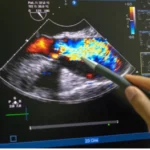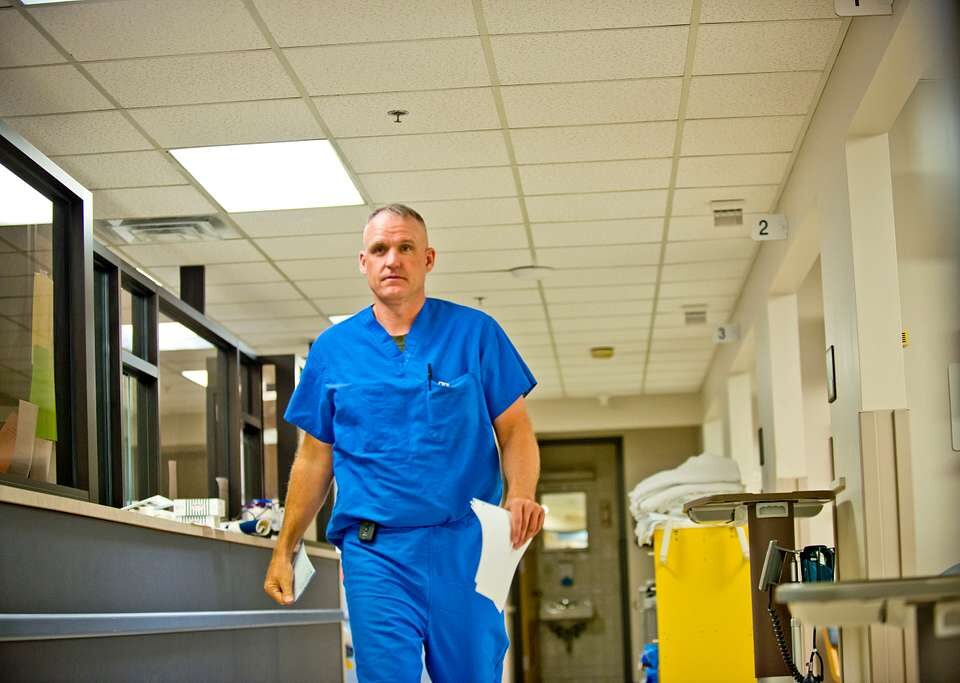
Best Gynecology Health Screenings for Women
October 6, 2025
Advanced Techniques in Echocardiogram Imaging
October 6, 2025Orthopedic surgeons are medical doctors who specialize in the musculoskeletal system, which includes bones, joints, ligaments, tendons, and muscles. These specialists diagnose and treat a wide range of issues, including sports injuries, joint replacements, fractures, and spinal conditions. Their work involves both surgical and non-surgical methods to address patient needs and improve function. Here is more information about recent research in orthopedic care:
Orthobiologics Care
Orthobiologics are substances that surgeons use to help injuries heal more quickly, and they are derived from natural sources. While orthobiologic procedures are being studied, they may require specific protocols for patient selection and application. Patients may ask their doctors about the potential uses for their specific conditions.
Orthobiologics can include treatments such as bone marrow procedures. These therapies are minimally invasive and aim to accelerate the body’s natural healing process. While they hold significant promise, patients must undergo a thorough evaluation to determine whether orthobiologics are suitable for their condition and recovery goals.
Ligament Reconstruction
Newer techniques in ligament reconstruction aim to improve joint stability. An orthopedic surgeon typically has methods that utilize various graft types and fixation devices, although ongoing research aims to determine which approaches yield the most consistent results. These advancements, which are studied closely within the orthopedic community, are typically shared by surgeons through medical journals and conferences.
Meniscus Transplants
A meniscus transplant is a surgical procedure to replace a damaged meniscus with donor cartilage. This procedure is typically reserved for young patients who have pain after surgery, but it is not ideal for everyone. A key part of the process for surgeons evaluating this option is careful patient selection, which is needed for successful outcomes.
The goal of a meniscus transplant is to reduce pain and protect the knee’s articular cartilage from further damage. Because the meniscus acts as a shock absorber, its absence may lead to accelerated arthritis over time. The transplant procedure itself is complex, and it requires precise placement of the donor tissue to function correctly within the knee joint.
Post-operative rehabilitation is a structured and lengthy process. Patients follow a detailed physical therapy plan that gradually increases weight-bearing and range of motion while the new tissue integrates. Recovery timelines vary, and adherence to the rehabilitation program is a significant factor in the functional outcome of the surgery.
Advancements in Arthroscopics
Arthroscopic surgery is a minimally invasive procedure that enables doctors to visualize the inside of a joint. Surgeons make a small incision and insert a tiny camera, called an arthroscope, which projects images onto a screen. This technique, which is less disruptive than traditional open surgery, is used for both diagnosing and treating a variety of joint problems.
Visit an Orthopedic Surgeon
Understanding your options begins with a thorough evaluation from a qualified specialist. An orthopedic surgeon can provide a detailed diagnosis and walk you through available treatment paths that align with your specific health needs. They are equipped to answer your questions and help you understand the next steps in your care. If you are experiencing joint pain or have a musculoskeletal injury, schedule a consultation with an orthopedic surgeon to discuss your condition.





